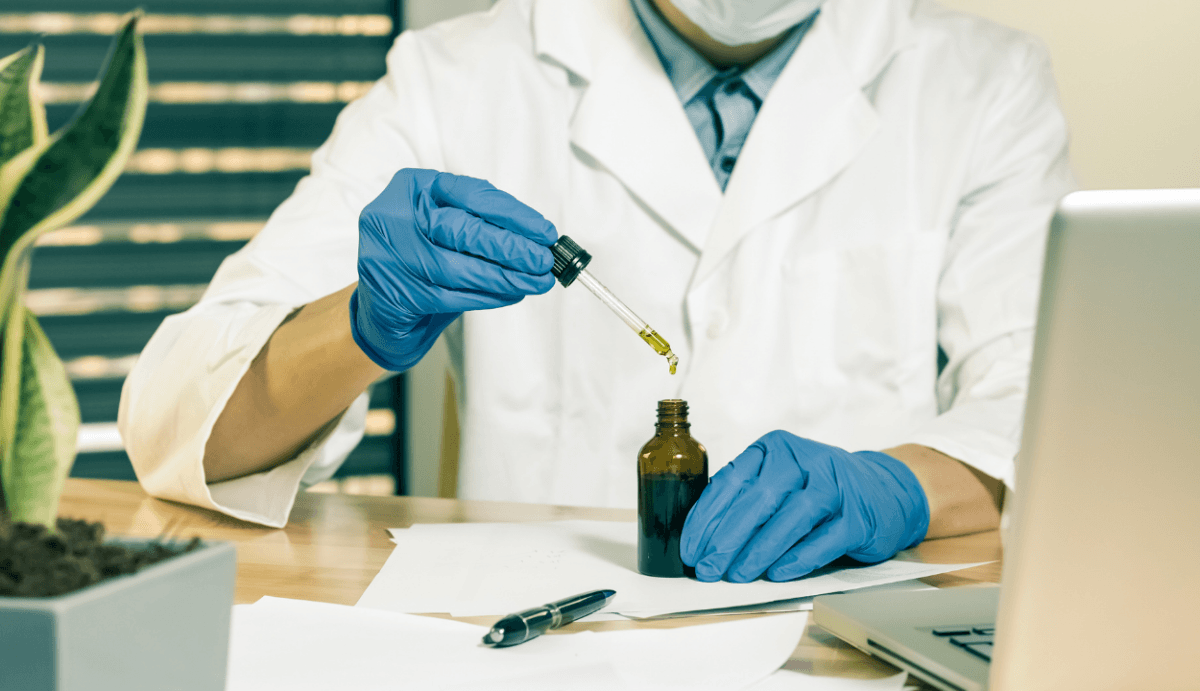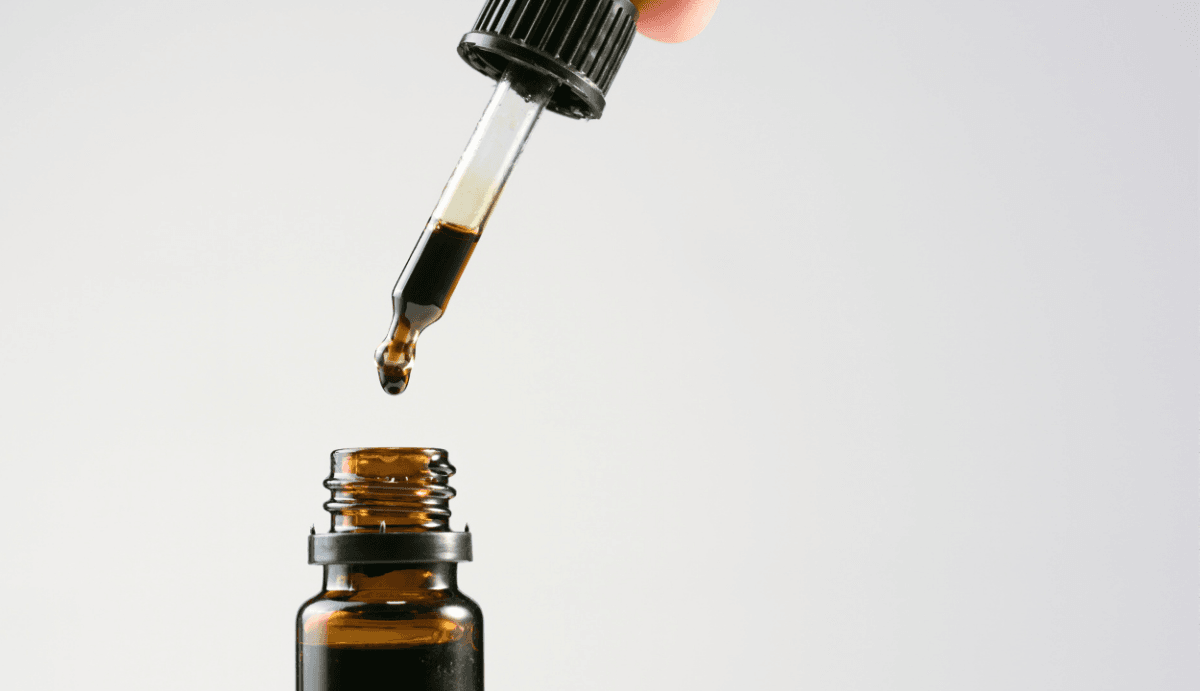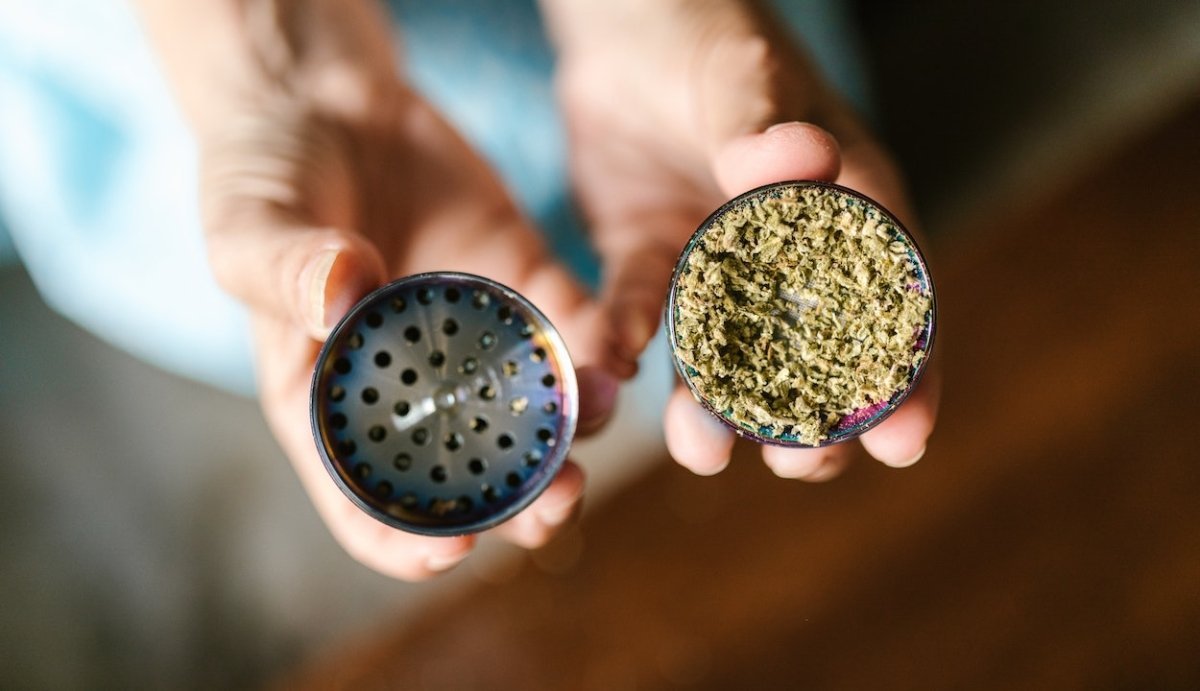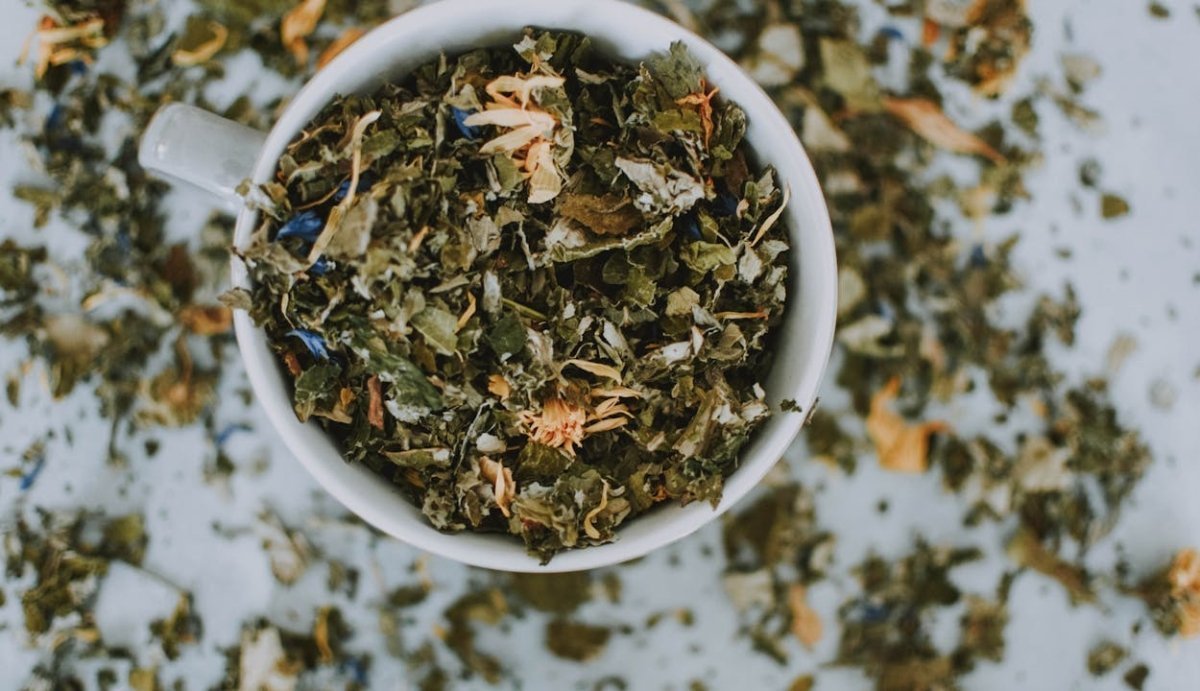Your Cart is Empty
FREE SHIPPING ON ALL ORDERS $75+
You’ve probably heard the phrase “free of residual solvents” while shopping for CBD or other hemp products, but what does that really mean? Does it really matter? And how do you know if a company is telling the truth about the status of residual solvents in their products?
There are federal regulations concerning the use of solvents in cannabis products, but they aren’t quite as strict as quality-conscious consumers may have hoped. Here’s what you really need to know about residual solvents and what they mean for cannabis and hemp consumers:
Table of ContentsThe term "residual solvents" refers to trace amounts of volatile chemicals that are left over after a chemical extraction process.
In the case of hemp and CBD products, various extraction techniques can be used. Some of these hemp extraction techniques involve solvents while others are solvent-free. For example, supercritical CO2 extraction is a solventless extraction process, which means there's no potential for solvents to be left behind. Alternatively, ethanol based extractions use ethanol as a chemical solvent to remove cannabinoids and other plant materials from the raw hemp material. Because this extraction method does use a chemical solvent, there is potential for solvents to be left behind.
In short, hemp products made by CO2 extraction will not have residual solvents, all ethanol extracted products (and products made with other solvent-based extraction methods) need to be carefully refined to remove all traces of residual solvents after the extraction process is complete.
There are many different cannabis and hemp extraction techniques used to remove cannabinoids and terpenes from the raw plant material. Solventless extractions are becoming more and more common because they eliminate the need for the extra refinement step. Of course many solvent-based extractions are still commonly used.
Some of the most common solvents used in hemp extractions include butane, ethanol, and propane. The extraction method varies, but the idea is the same—expose the raw hemp material to the solvent which will then strip certain compounds to create an extract.
The most common solvent based extraction is the ethanol extraction, which simply means that the hemp is submerged in alcohol to extract the cannabinoid and terpene material. After the extraction process is through, there is still alcohol left over in the extract that needs to be removed, typically by carefully evaporating the alcohol or using a vacuum purging process to mechanically remove it.

Residual solvents in your hemp products are not always dangerous, but they definitely can be. The amount and type of solvent and mode of ingestion all affect whether or not a leftover solvent is toxic. For instance, leftover ethanol (an alcohol) may not be any more dangerous than, say, vodka. Isopropyl alcohol, however, is not meant to be ingested and may pose a more serious threat. Butane and propane are obviously problematic if ingested.
Regardless of whether the solvent used is particularly safe for ingestion, most quality conscious hemp CBD brands will want to remove all traces of residual solvents from their products. In order to prove that they've taken this extra step towards a high quality formulation, most brands will use a third party testing method to check for residual solvents in the final product. (Note: Residual solvent testing is not necessary for products made using solvent-less extraction techniques.)
As we mentioned, residual solvent analysis is a critical step of the manufacturing process for any product made using a solvent-based extraction. Many different methods can be used to test for residual solvents, but the most common is headspace (HS) gas chromatography (GC) paired with an identification technique such as mass spectrometry (MS) detection.
Headspace gas chromatography involves sealing the substance in a container and bringing it to equilibrium, and then injecting the gas from the headspace of that container into a gas chromatographic column for separation and analysis. During this process, only the most volatile substances make it to the column, so it’s easy to get a general idea of the residual solvents available in the material.

The material in the column can then be subject to mass spectrometry (MS) detection, which measures the mass-to-charge ratio of ions in order to detect the substance. Using these two testing methods in combination helps not only identify the level of volatile material that is present, but also can identify the exact chemical found, which is useful to manufacturers.
As you may have already assumed, it’s important to understand how to avoid residual solvents when you’re buying hemp and cannabis products. In some cases, they can be toxic, but in most cases they simply make for a product that is less pure or that has an undesirable taste.
There are two primary ways to ensure that residual solvents are not a problem when you buy hemp or CBD products. First, look for products made with solventless extraction techniques. Supercritical CO2 extraction, for instance, is known for producing potent hemp extracts without the risk of leaving behind any volatile substances.
Alternately, ensure that the brand you choose offers a Certificate of Analysis from a third-party lab that proves the absence of residual solvents. The tests should clearly list “non-detectable” levels for residual solvents.
If you choose to purchase from a brand that uses solvent-based extractions, we recommend choosing a brand that uses an ethanol extraction process, since trace amounts of ethanol are generally harmless if they somehow make their way into the final product.
Looking for CBD products that are free of residual solvents? Our Vitality CBD Collection is made using an industry-leading CO2 extraction process, so our products are never contaminated by solvents (or anything else!)

Comments will be approved before showing up.



